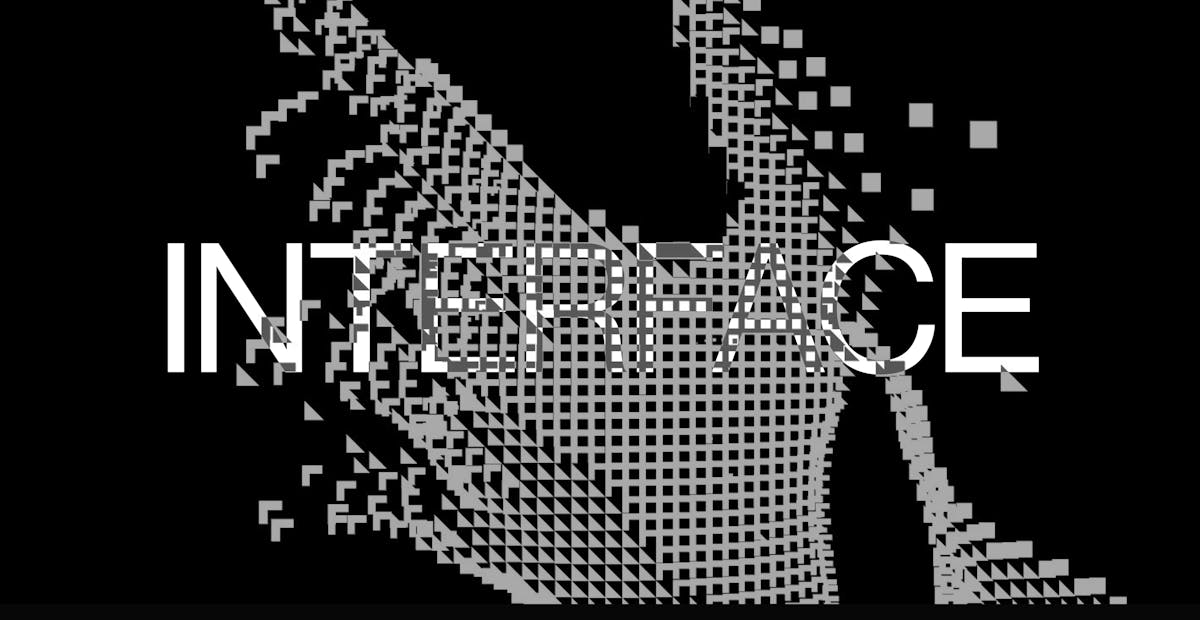
"In the end, interfaces are also a space for self-expression The ideal of "no interface" promises ultimate efficiency and direct access-but what do we lose in that pursuit? Perhaps the interface is not just a barrier to be minimized, but a space for human expression. It's a canvas; a place to imbue a product with personality, visual expression, and a unique form of art."
"It's a canvas; a place to imbue a product with personality, visual expression, and a unique form of art. When we strip that away, or make everything look the same, we lose something important. We trade the unique and the delightful for the purely functional. We sacrifice a vital part of what makes technology human: the thoughtful, and sometimes imperfect, ways we present ourselves to the world."
Interfaces function as spaces for self-expression and personality rather than only obstacles to be removed. The ideal of a "no interface" promises ultimate efficiency and direct access but can eliminate opportunities for visual and human expression. Interfaces can act as canvases that imbue products with personality, visual richness, and artistic distinction. Removing or standardizing those expressive elements sacrifices delight and uniqueness in favor of pure functionality. That sacrifice diminishes a vital human dimension of technology: the thoughtful, sometimes imperfect, ways people present themselves through design.
Read at Doc
Unable to calculate read time
Collection
[
|
...
]